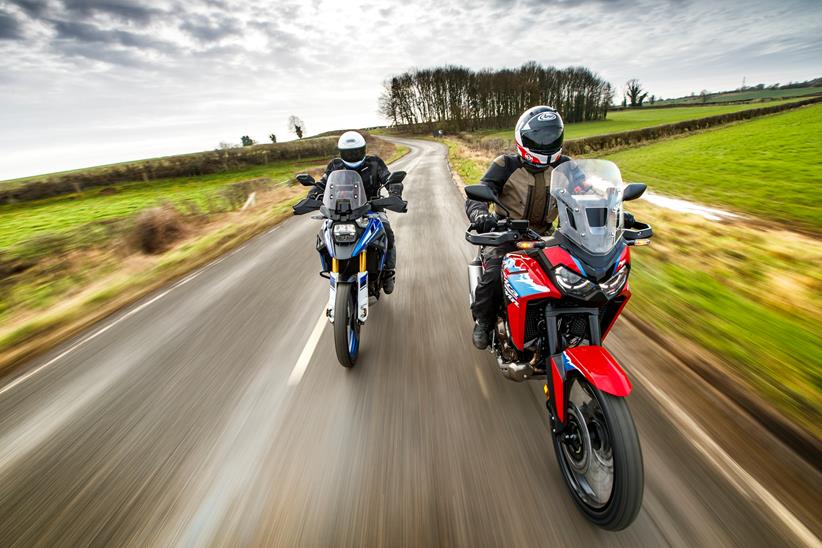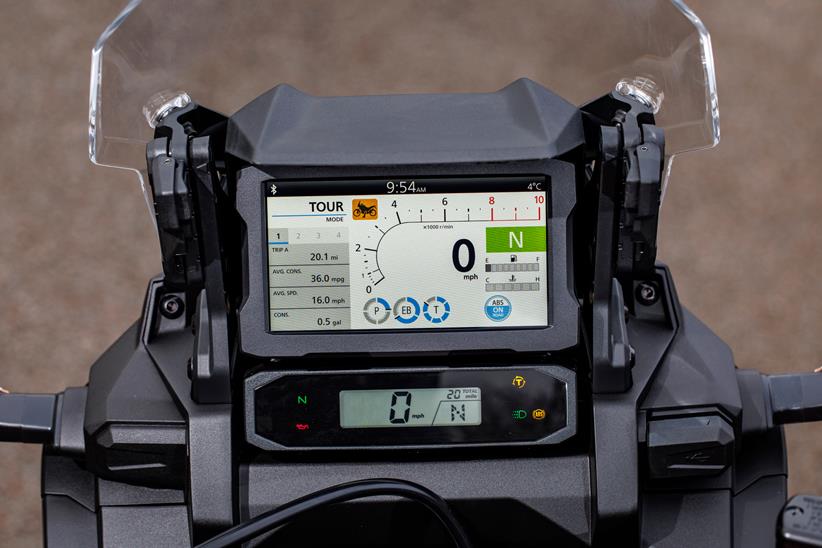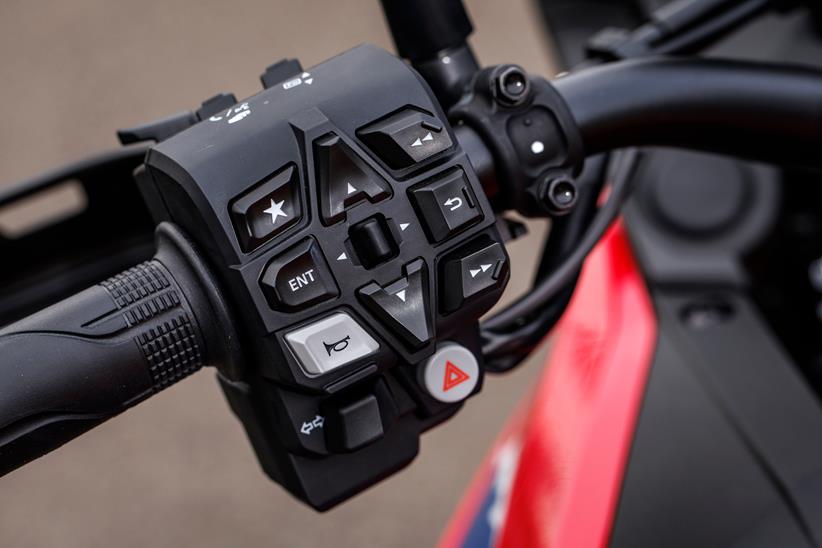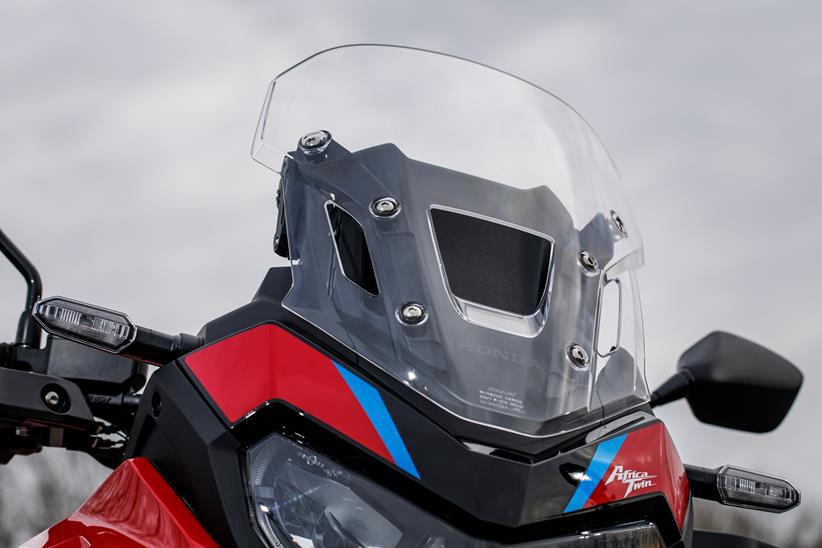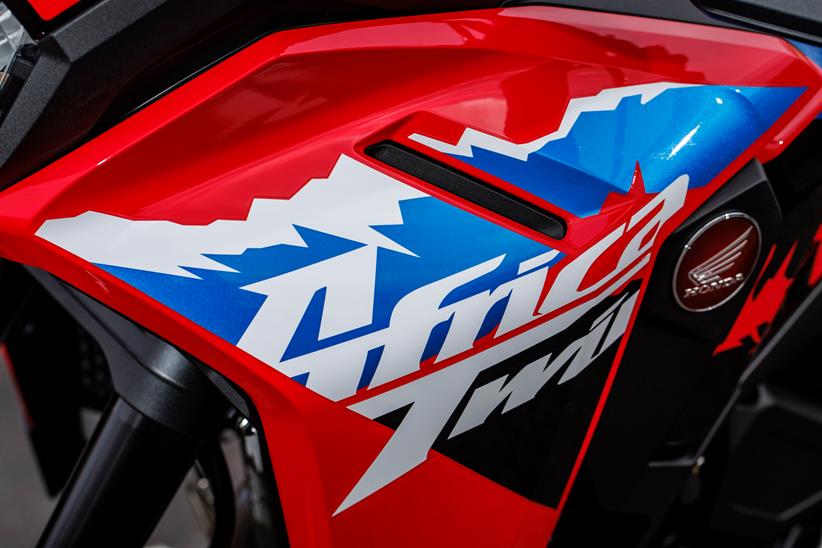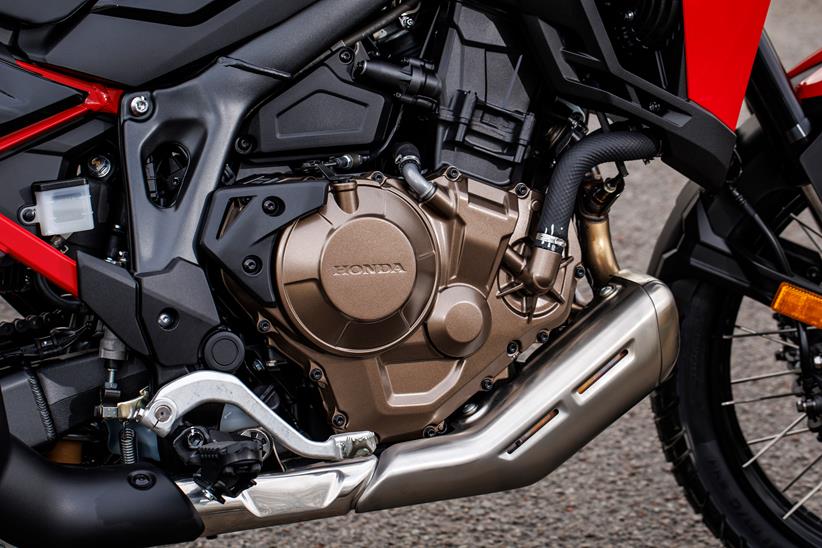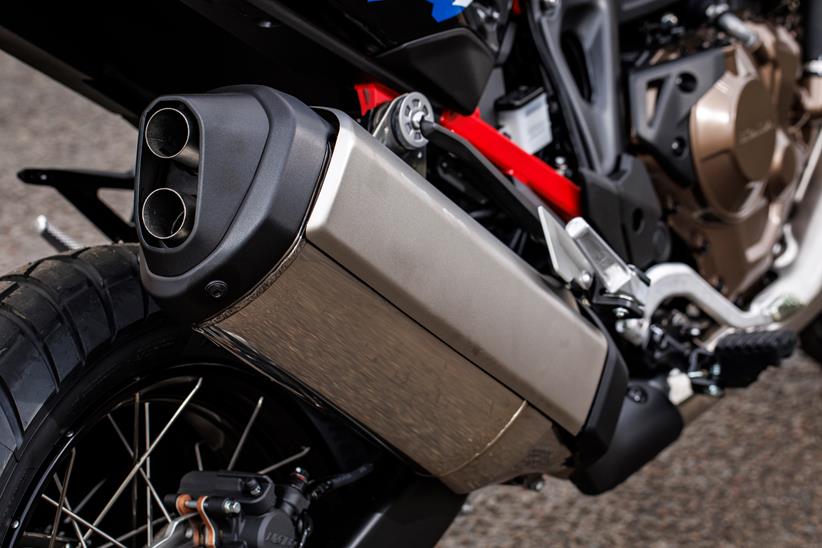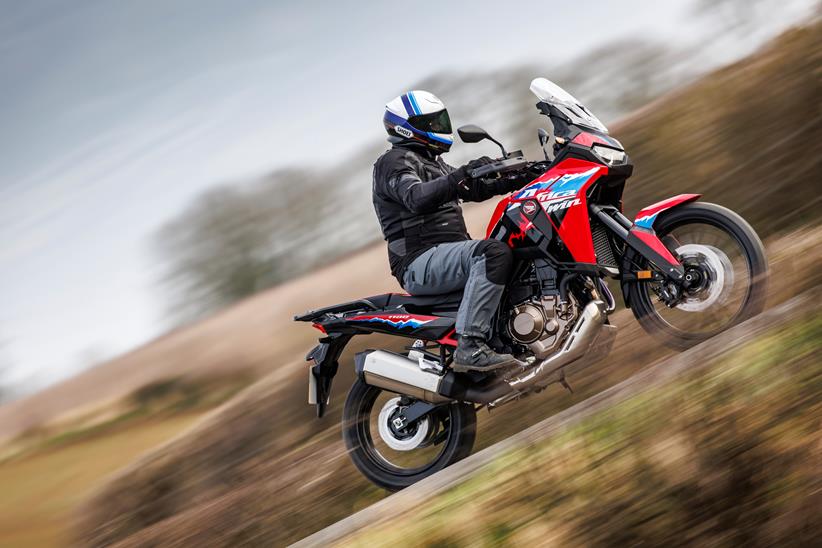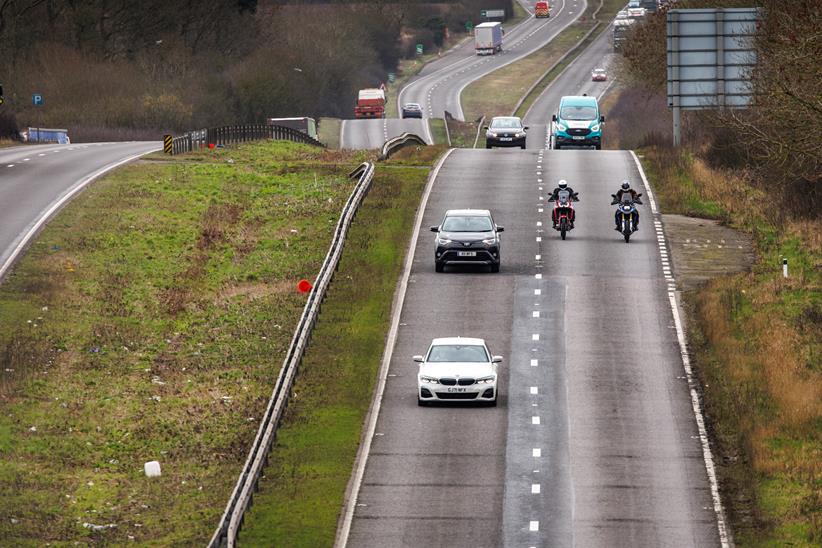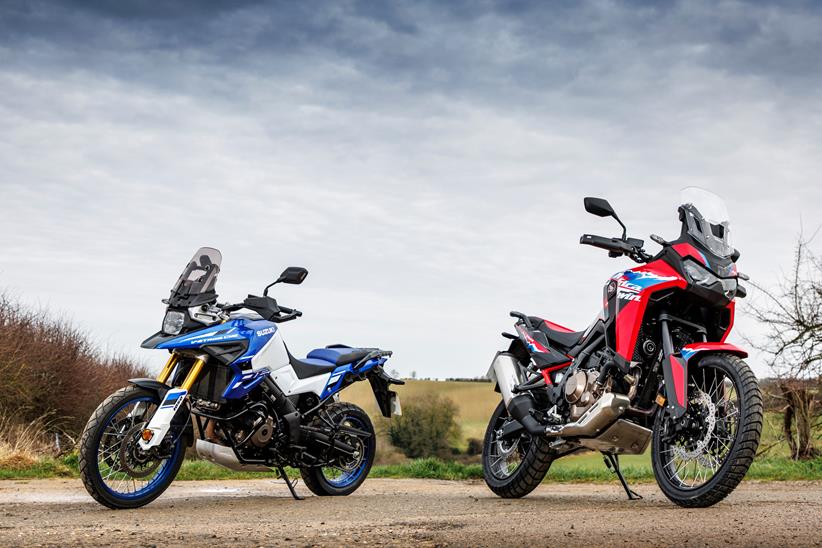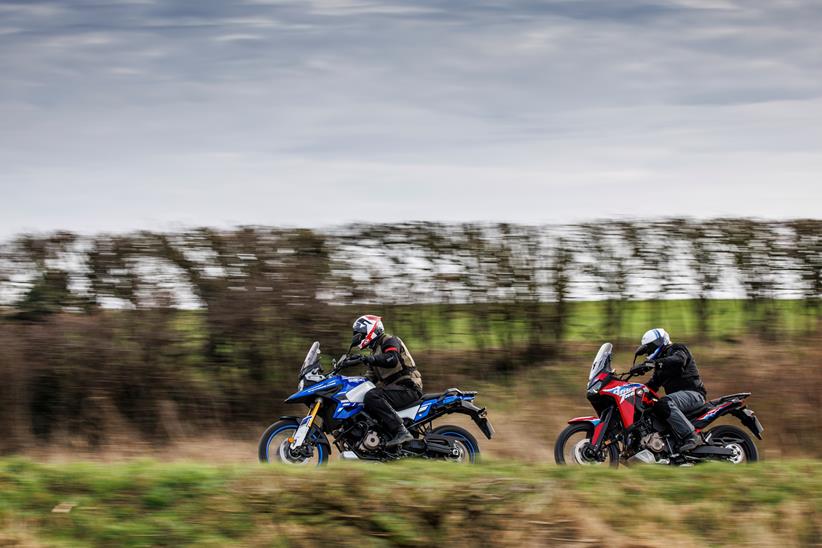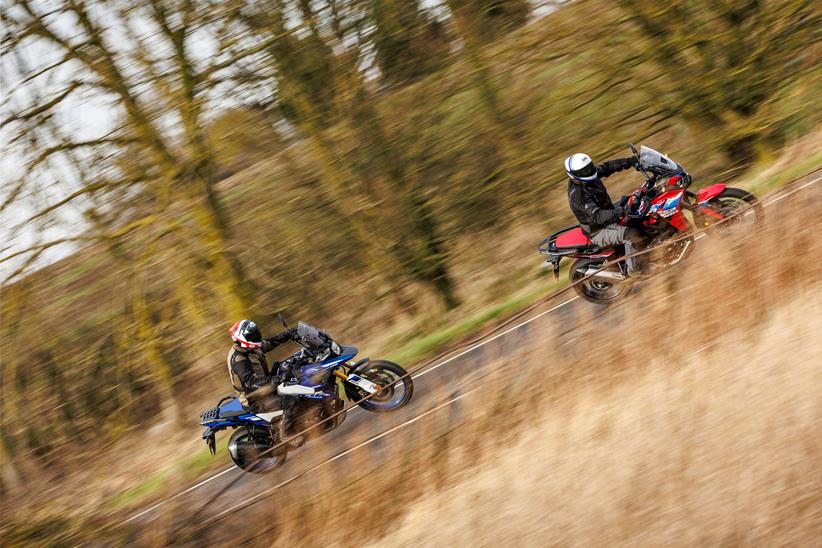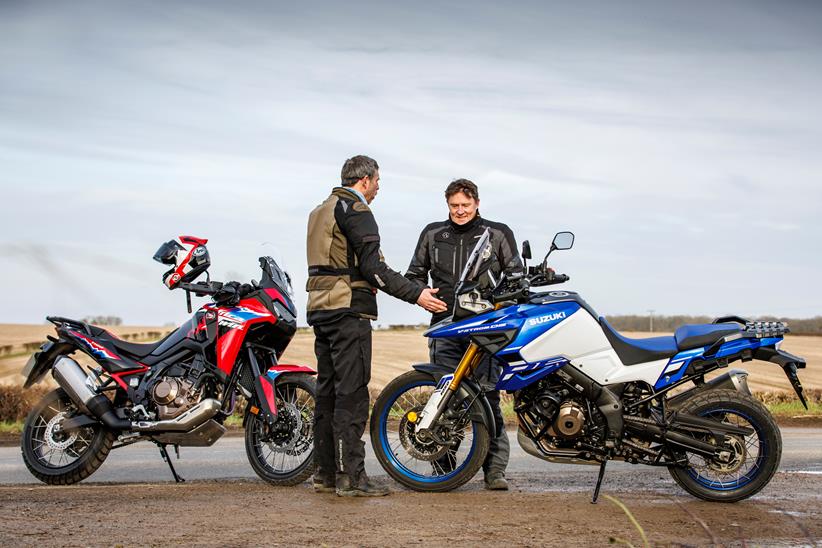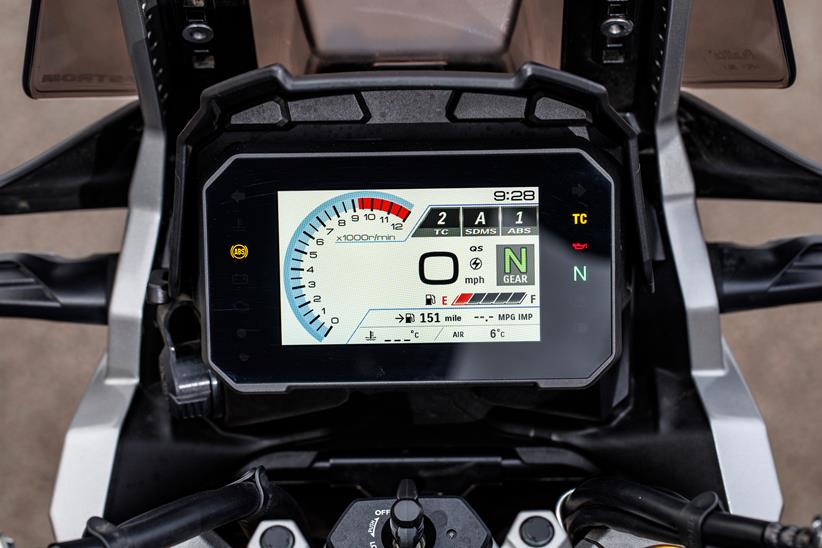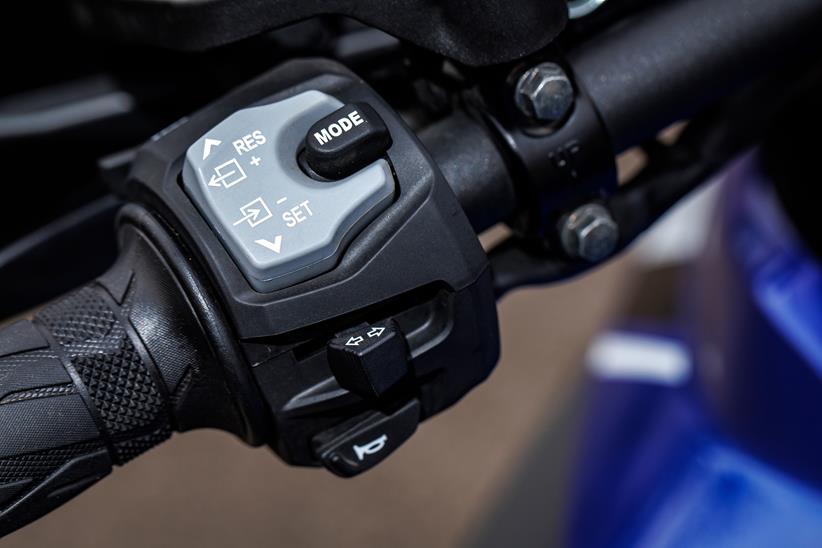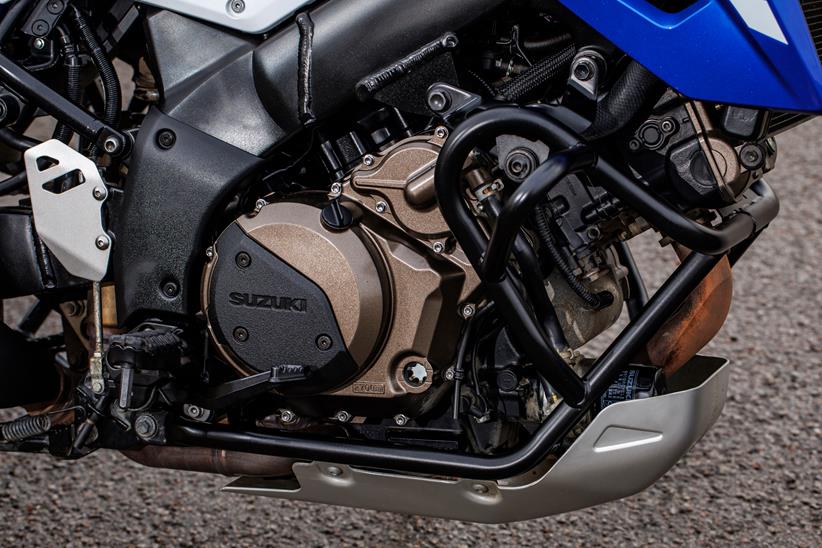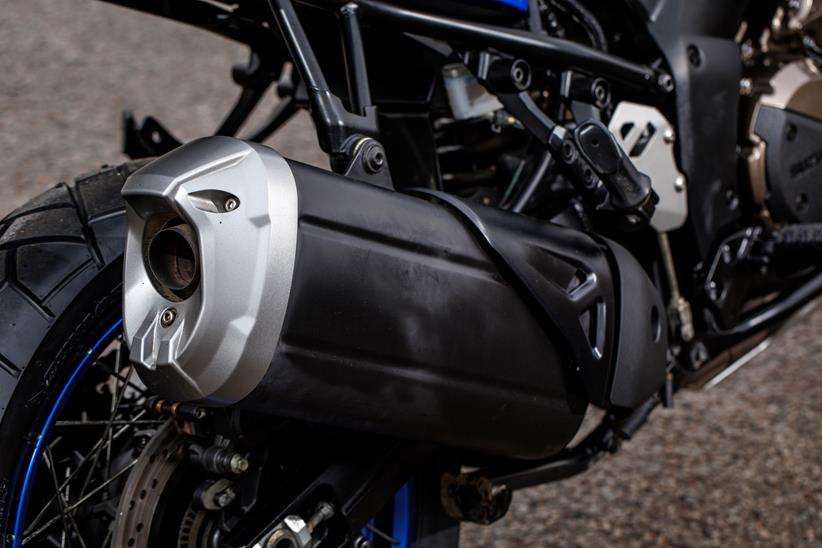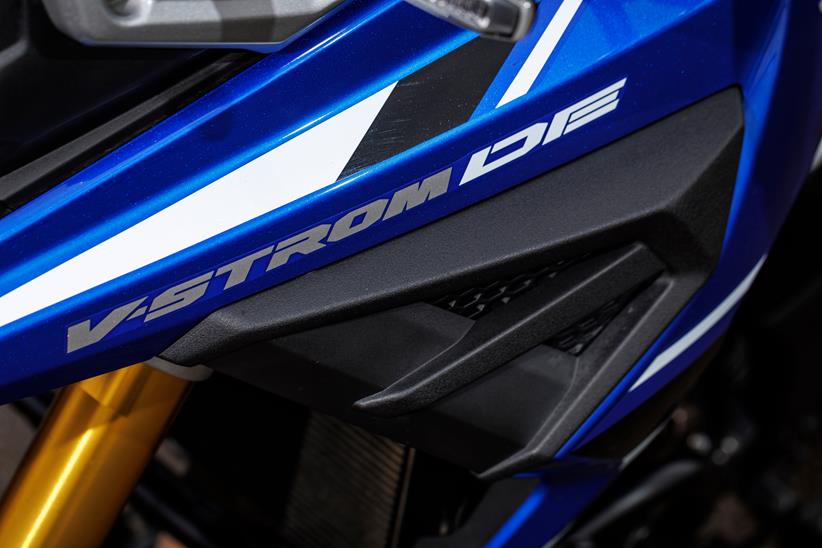Japan's rough riders: Honda and Suzuki’s rugged adventure bikes take on the MCN250
Entering the world of adventure bikes can be daunting as this rapidly expanding segment is filled to bursting point with a huge variety of bikes all falling under the ‘adventure’ umbrella. And they aren’t all alike – far from it.
There are crossover adventure bikes with their matching 17in wheels, road-targeted adventurers which generally rely upon a 19in front, rugged off-road ready adventurers that come with a larger 21in front alongside spoke wheels and then ‘big tank’ versions as well as touring variants and even performance models.
And all are available in a huge range of capacities and configurations. And it is a segment, where it has to be said, the European manufacturers have managed to get the jump on the Japanese.

With BMW’s R1300GS leading the way, closely followed by Ducati’s Multistrada V4, the Triumph Tiger 1200 and KTM’s 1290 Super Adventure, you would be forgiven for thinking that maybe the Big Four have taken their eye off the ball. Kawasaki lack a true adventurer with only the crossover Versys 1000 representing them and Yamaha’s single model (in a selection of flavours it has to be said…) is now the Ténéré 700 – but Honda and Suzuki have bucked this trend, launching new models in both the middleweight and bigger-capacity adventure bike market.
And it is the more off-road focused bigger-capacity bikes we are testing today as the lightly updated Honda Africa Twin and Suzuki V-Strom 1050 DE go head-to-head on the MCN250.
What is the MCN250?
It’s Britain’s toughest road test route. A fun but punishing mix of A- and B-roads, busy motorway, towns and villages. It’s all Britain’s road types compressed into one route. There are three sections and we combine the two that best test the bike’s character. On average we ride 450 miles per bike, per test.
Honda are continually tweaking and refining the Africa Twin, which they have done again for 2024. This fourth-generation bike now gets a bit more low-down performance, the option of semi-active suspension (not fitted to our test machine) and a five-way adjustable screen. Hardly earth-shattering updates but sensible ones nonetheless on a popular model that has sold over 85,000 units to date.
In detail: Honda Africa Twin – £13,199

- Engine 1084cc 8v SOHC parallel twin, 100bhp, 82.7lb.ft
- Frame Steel double cradle
- Suspension 45mm inverted forks, damping and preload adjustable. R: Monoshock, adjustable preload and rebound.
- Front brake 2 x 310mm wave discs with four-piston radial calipers. Cornering ABS
- Rear brake 1 x 256mm disc with one-piston caliper. Cornering ABS
- Seat height 850mm-870mm
- Kerb weight 231kg
- Tank capacity 18.8 litres
- Read: In-depth Honda Africa Twin review
The V-Strom 1050 DE was released last year and is basically just a V-Strom 1050 with spoked wheels, the standard bike’s 19in front wheel replaced with a 21in item, its suspension beefed-up and an extra off-road setting on its traction control, plus the ability to deactivate ABS to the rear. Again, not exactly pushing the boat out, but the V-Strom has always had its fans and the rugged nature of the DE does give it a bit more showroom appeal. But does either bike’s sway to rough riding compromise their road manners? Thankfully not.
In detail: Suzuki V-Strom 1050 DE – £13,899

- Engine 1037cc 8v DOHC V-twin, 105.5bhp, 73.8lb.ft
- Frame Twin-spar aluminium
- Suspension KYB inverted forks, fully adjustable. R: Monoshock, adjustable preload and rebound
- Front brake 2 x 310mm disc with four-piston radial calipers. Cornering ABS
- Rear brake 1 x 260mm wave disc with one-piston caliper. Cornering ABS
- Seat height 880mm
- Kerb weight 252kg
- Tank capacity 20 litres
- Read: In-depth Suzuki V-Strom 1050 DE review
Taking to the B-road section of the MCN250 test route, both the Honda and Suzuki were lapping up the bends. Modern rubber has certainly played its part but with the adventure bike class so hotly contested, manufacturers can’t rest on their laurels and they are continually improving the handling. Factor in the poor state of the UK’s tarmac as well as a few bumps and they are arguably even more assured thanks to their more absorbent, long-travel suspension.
“I’m really impressed by how these two respond when the pace increases,” says fellow tester Jim Moore after an initial blast along the B1176.
“You don’t expect bikes such as these to be so competent, but riding one you would never know they have 21in front wheels.”

That said, there is one area that is trickier to disguise and that’s weight – which is where the Suzuki loses.
Tipping the scales as a hefty 21kg more than the Africa Twin, the V-Strom struggles to hide the extra bulk it is lugging around.
Although lovely and assured once in a bend, when it comes to changes of direction the Suzuki requires much more rider input to get it to respond with anything like the Africa Twin’s enthusiasm.
“Everything feels heavy on the V-Strom, like it’s been over-engineered,” says Jim. “And this weight isn’t helping its suspension out, making it feel less refined than the Honda.”

He’s right, when you swap from the Suzuki to the Honda you really appreciate the extra element of plushness you get from the Africa Twin’s Showa suspension, something lacking in the slightly crashy V-Strom’s KYB units. But it’s not all bad news for the Suzuki as the B-roads were highlighting its standout feature – that old-school V-twin motor.
It’s just a great engine and the gearbox is super-slick where the Honda’s is clunky, the quickshifter faultless and it comes as standard where you need to pay £297 extra for it on the Africa Twin.
When you first get on the throttle the Africa Twin is undeniably a bit abrupt – it also has quite a hit of engine braking (this can be dialled back through the electronics) and a slightly rough gearbox, but there is just something about its nature that appeals to me more than the Suzuki’s V-twin.

Certainly a bit peppier than the V-Strom and much happier to be allowed to rev, the combination of the Africa Twin’s lighter handling and its sportier engine give the Honda a lovely zap of character that hits the right notes with me.
If I were on a long tour, the Suzuki’s engine is the more relaxed motor and less vibey, and it also has better low-end drive, but I just like the way the Honda delivers a bit of added spice. Although saying that, it’s not a motor that is particularly memorable or outstanding, it’s a solid performer that has been made slightly better this year (the differences really are minimal). And ‘solid performer’ is a definition that sums up both of these bikes.

After spending about seven hours in the saddle to cover the 250-mile route, and encountering everything from dry to absolutely sopping wet roads, the overall impression you get when parking these two machines up at the end of the day is one of competence.
When you look at the other options it is hard to get too excited about buying an Africa Twin or V-Strom DE. Neither turns heads like the beautiful DesertX or stylish Norden 901, their engines lack the character and sound you get from a Tiger 900 and they haven’t got the off-road credibility of a KTM. So what are they? They are typical Japanese products – hard to fault but slightly tricky to really fall in love with. Functional products that tick most boxes yet you can’t help but wish they had a bit of that European pizazz…
The MCN Verdict: Suzuki V-Strom 1050 DE vs Honda Africa Twin
The V-Strom DE may be billed as a go-anywhere model but it is still very much a road bike at heart. Slightly cumbersome at low speed, lacking in turning circle and noticeably hefty, it wouldn’t be much fun on a trail.
For tarmac riding, the V-Strom’s punchy V-twin is a peach and it is comfortable and loaded with a wide array of tech to ensure that the miles pass with ease. It’s a bit of a shame Suzuki haven’t given it an easily adjustable screen and armed it with their dash that contains connectivity alongside heated grips as standard, but overall it is a solid adventurer.

Honda’s Africa Twin is so nearly right but it also suffers from a few silly irritations. Its lack of quickshifter as standard is disappointing, the switchgear is still a joke and where’s the centrestand?
You can’t help but feel a touch short-changed. But it rides better than the Suzuki and its parallel twin is more spirited in sound and feel, so would be my pick of the two. But is it the best adventure bike for around £13k? For my money there are more engaging European offerings that can be had for only a few quid extra, which is where I’d aim my cash.
While you’re here: How MCN tests bikes
Our highly experienced team of road testers grind out hundreds of miles, come rain or snow, on the UK’s pothole-ridden roads to decide which bike is best in a particular category.
Using years of riding and racing experience (on and off-road), our expert journalists are able to assess the capabilities of a machine and translate that into understandable language to help MCN’s readers make an informed buying decision. Pitching bikes against their main rivals, we aim to give a conclusive verdict on which bike is best for your needs and your budget.
Using their considerable knowledge of the motorcycling market and audience, they can put a motorcycle into context and deliver a verdict that means something to anyone considering buying a particular machine, whether it be a cutting-edge, 200bhp sportsbike, a tall adventure weapon or a low-capacity 125cc machine.
When we ride the bikes in the UK we tend to do at least one full day of riding on various different types of road and in varying conditions. Our testers will then spend another day riding the bike – with rivals – to get images and video footage for our print and online reviews.
We will also, often, weigh the bikes, speed and dyno test them to see just how accurately the manufacturer claims are in these areas to give a more empirical assessment.
